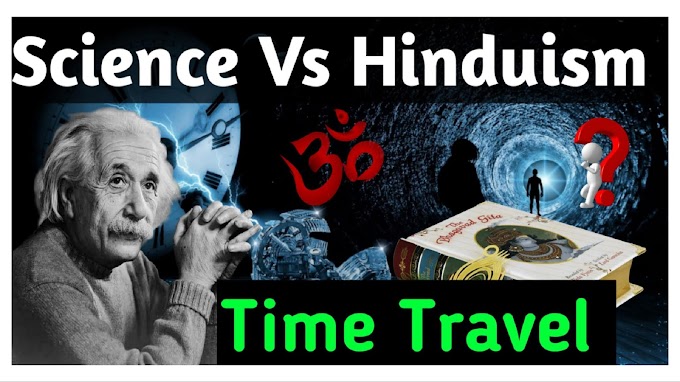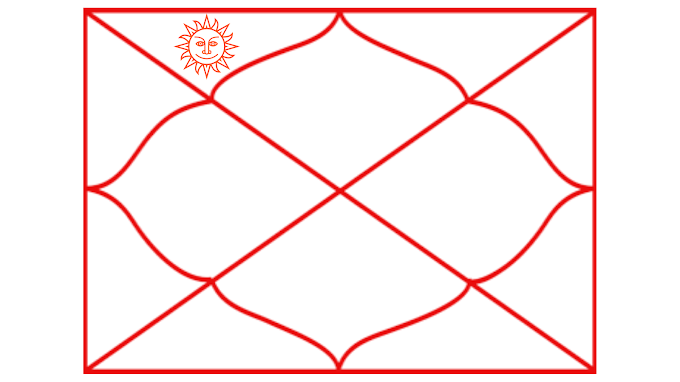Ayurveda is the traditional healthcare system of India, which is being widely practiced uninterruptedly for the past several centuries. It is the oldest known organized healthcare system in the planet. More than 2000 years ago our ancient scholars formed the philosophy of Ayurveda for the treatment of whole body and mind. There are codified literatures dated thousands of years back, the examples are Charaka Samhita, Sushruta Samhita, Ashtānga Hridayam etcetera.
Ayurveda still continues to be a vibrant system of health care for millions, on average, 10,000 or so physicians are being trained every year under various medical universities which support an industry producing drugs worth rupees 6000 crores or approximately $1.3 billion a year.
This is an organized, documented and officially recognized healthcare system in India. Though Ayurveda has obviously stood the test of time, we are currently experiencing a renewed interest in this philosophy, of wholeness and sustained health.
The literal meaning of Ayurveda, the word Ayurveda is knowledge of life. It perceives man as an integral part of nature, treating him for his ailments, taking his body, mind, spirit together. Its approach to his well being, his philosophical in principle and holistic in technique. Every state of ailment is conceived as a psychosomatic manifestation and its eradication procedure is functional and integrative rather than symptomatic or factorial.
Along with medication Ayurveda insist on good habits and dietary control for speedy recovery thus it becomes a comprehensive health care system.
Ayurveda is a way of life, aiming at the achievement of good quality of life, It is not merely a disease care system.
According to Ayurveda the state of health is the utmost harmonious existence off physical, psychological and spiritual entities. It indicate that complete physical, mental, social and spiritually well being as the basic norm of health had been recognized long back by Ayurvedic physicians, though it took many more years for it to be universally accepted.
Tri-Dosha Theory is the foundation of Ayurveda, they are the basic functional units off human body. According to Ayurveda an individual's basic constitution to a large extent determines, predisposition and prognosis to disease as well as therapy and lifestyle Rejoined, Ayurveda holes out a field oriented, functional and holistic but personalized approach. It is broadly classified into two Swasthavritta that is healthy Man's regimen or preventive aspect of health and Aturyavritta is the treatment of diseases.
There are eight branches of clinical practice in Ayurveda.
1.General Medicine
2.Surgery
3.E.N.T and Eye
4.Paediatrics
5.Science of Demonic Seizures and Psychology
6.Toxicology
7.Geriatrics
8.Aphrodisiac
Ayurveda focuses on promotion of Positive health All procedures described as treatments are intended to strengthen the inherent healing potentials of the body. It always advises us to live in tune with nature.
Dinacharya daily regimen for the orderly upkeep off health mentioned in Ayurveda comprises the psychosomatic, biological and social activities of an individual.
Pros and Cons, off inhibition and excitation of natural urges are well described. The possible impacts of seasonal variations on health of human beings are discussed and effective measures to nullify the same are enumerated.
The roll of dietetics, both on healthy and ailing is emphasized, pivotal roll of ojas, that is the innate healing potentials of the body or what we call immunity. He is well recognized in Ayurveda.
Significance of geriatrics and need of rational use of aphrodisiacs are discussed. Systemic guidance for antenatal post natal on neonatal care and description about Marma that is a vital life points are given. Description about unique therapy called Panchakarma, that is the five bio cleansing procedures are recommended in the management of chronic and difficult diseases.
There are different treatment modalities described in ayurveda. The main two modalities are shamana chikitsa which is pacificatory or palliative treatments and shodhana chikitsa is the bio cleansing procedures the purificatory treatments comprises of giving internal medicines using external applications Etc, Panchakarma comes under the purificatory therapy, which means five types of Bio cleansing procedures, they are Vamana it is Therapeutic Emesis, Virechana it is Therapeutic Purgation, Vasti Therapeutic enema, Nasya which is nasal therapeutic and last one is the Rakta Moksha which is Therapeutic Blood-letting.
Modern medicine has concentrated to a large extent on Curative or system regulating medicines. It is quite effective in curing and controlling the diseases which have direct cause-and-effect relationship. It successfully conduct surgery, life-saving emergency Management's, acute infection treatments Etc. But there are many disease entities which eluded cure in the present Global Healthcare scenario due to the transition of diseases over a period of time.
WHO highlights the current concerns on rapid unplanned urbanization, globalization of unhealthy Lifestyles and demographic age. All these factors lead to Universal rise in non-communicable lifestyle disorders like diabetes, heart disorders, cancer, mental disorders, degenerative neurological muscular. Are in skeletal disorders and autoimmune group of diseases. In 21st century a disease transition has happened from communicable and infectious diseases to non-communicable lifestyle disorders.
In the above scenario, it is evident that each country's population is experiencing very complex and chronic health issues both age-related and lifestyle related which need to be addressed using integrative multidisciplinary approach as many of the diseases are not curable effective management to improve the quality of life (QOL) is the only pragmatic approach, moreover the negative impact on the economy resources like Manpower, materials Etc of a country also make the matter more complex here the preventive measures and health awareness programs based on the principles of ayurveda have a key role to play in order to minimize the negative imbalance, in this scenario a single system of medicine alone is not enough to address the complex health issues of modern man.
A judicious combination of various systems considering the condition of the patient and the ailment could be a possible solution in the management of these diseases, WHO has suggested that the management of non-communicable lifestyle disorders and elderly Health Care are some important areas where traditional medicines like ayurvedic can contribute substantially by improving the quality of life of patients making use of its Qualities like personalized psychosomatic and holistic approach and good doctor-patient relationships and being a time-tested system of medicine. The chances of body tissues being dumped with toxins and impurities are steadily on increase in modern times, modern lifestyle environmental pollution, mounting stress and strainm alienation of man from nature and insan drug therapy are all contributory for the emergence of new health hazards. Lifestyles and treatments including panchakarma recommended by Ayurveda helps to improve and stimulate the innate healing potentials of the body by the procedure of detoxification in a holistic way, moreover the tips of healthy life described by Acharya Vagbhata an ancient scholar of ayurveda is as follows the Sanskrit shloka says
नित्यं हिताहार विहार सेवी समीक्क्ष्यकारी विषयेष्वसक्तः |
दाता समः सत्यापारह क्षमावान आप्तोप्सेवी च भवत्यारोगः ||
It is from Ashtanga Hridaya sutra sthana IVth chapter 36th shloka, the meaning of this verse is that one who enjoys wholesome food and activity every day, who introspects on his actions, who is unattached, who is generous, who looks on all with an equal eye, who is truthful and forgiving, who Delights in the service of virtuous men. He remains free from illness.









0 Comments